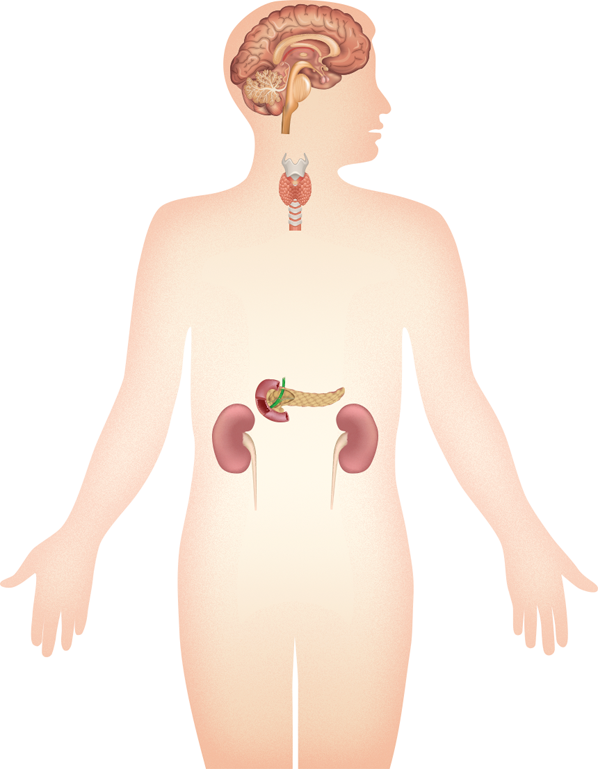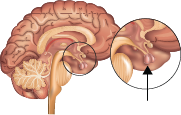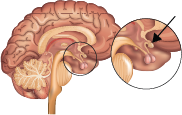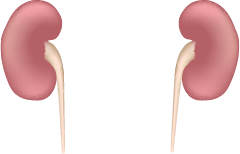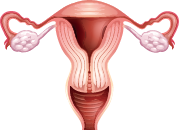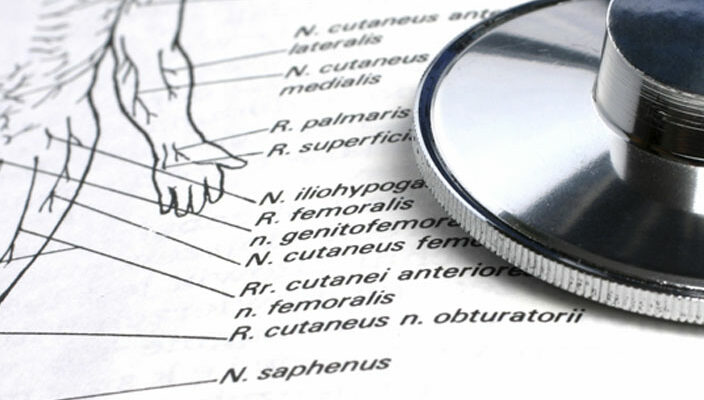It Depends on Dose & Duration of Exposure
Many substances and activities can impact the endocrine system – stress, food, and exercise, for example, are among the most common. What scientists typically focus upon with regard to so-called endocrine-active substances is whether exposure can lead to an adverse health effect.
We know that at high doses and durations of exposure, some substances can negatively impact the endocrine system and cause adverse health effects. At lower doses or limited exposures, however, those substances may not impact our health at all.
To stay below ranges of exposure determined to be safe, consumers should read product labels closely and follow directions carefully. Some exposures will produce no response at all, while others may bring about temporary responses to which the body can naturally adjust and maintain its normal function – a similar example is typical exposures to sunlight or soy products. The primary focus should be on preventing over-exposures in order to avoid any potential health risks.
How a chemical interacts with the endocrine system depends on a variety of factors, including:
- Type and duration of the exposure to the chemical,
- Frequency of exposure,
- Potency of the substance and,
- How the body absorbs and eliminates a substance.
Scientists have extensive knowledge, from decades of research on both natural and synthetic chemicals, about how various exposure levels can cause different effects. It is well established in scientific communities that while a particular substance can benefit people at the right dose, the same substance could cause a different response, including harm, at higher doses. A simple example is aspirin. Taking two aspirin will likely eliminate your headache; taking two bottles of aspirin could eliminate your life.
This principle of dose and response applies to all chemicals, natural and synthetic, used in a variety of applications – from cosmetics and personal care products, to pharmaceuticals, to crop protection and industrial manufacturing chemicals, among others.
Positive, neutral, negative response
How chemicals interact with the endocrine system depends on a variety of factors, such as how the chemicals are used, whether someone is actually exposed to the chemical, at what level and for how long. It’s the interplay of all of these factors that can determine whether the endocrine system’s response is positive, neutral or negative.
What do we mean by this? The following examples may provide some clarity:
- Positive effect: When our bodies are exposed to sunlight, it stimulates production of Vitamin D in the skin, which helps with calcium absorption. The Vitamin D is ultimately converted into a hormone in the kidneys and liver that stimulates the intestines, bones and kidneys to activate calcium and phosphorus, thus resulting in normal bone development.
- Neutral effect: Plant-based, naturally-occurring soy phytoestrogens, found in milk and drinks such as soy lattes, can interact with the estrogen receptor to cause an endocrine response. But scientific studies of large populations of healthy women have shown no association between soy and breast cancer.
- Negative effect: Steroidal estrogens, such as those contained in birth control pills, have the potential to affect wildlife populations. Research in the United Kingdom has shown that when sewage treatment systems aren’t able to remove these estrogen contaminants from water discharged into rivers and streams, exposure to them can alter the sexual organs of wild populations of male fish.
For more information, visit EndocrineScience.
The Endocrine System
The endocrine system consists of glands or parts of glands which produce hormones that are released and distributed in the human body by means of the bloodstream. The major organs of the endocrine system are the hypothalamus, the pituitary gland, the thyroid gland, the parathyroid glands, the islets of the pancreas, the adrenal glands, the testes, and the ovaries.
Humans have two systems of internal communication: the nervous system and the endocrine system. The endocrine system controls the delivery of messages through the release of chemicals known as hormones. Hormones are secreted directly into the blood by endocrine glands. Endocrine glands are found throughout the body and are responsible for releasing more than 50 hormones that control a number of essential functions in the body, including growth and development.
The Brain
Hypothalamus
The Hypothalamus contains vital centers for controlling the automatic nervous system, body temperature and water and food intake, and is the center for primitive physical and emotional behavior.
Pituitary
The pituitary gland is the master gland of the body. Compared with other endocrine glands, it produces the largest number of hormones, including some that control the other endocrine glands of the body.
Close
The Thyroid & Parathyroid
The first organ recognized as an endocrine gland was the thyroid. It consists of two bodies like small walnuts: they are connected by an isthmus beside the larynx (voice box). The parathyroids are four small glands attached to the thyroid gland, which act to maintain normal levels of calcium and phosphate in the blood and thus normal function of muscles and nerves.
Close
The Pancreas
The islets of the pancreas produce hormones necessary for the regulation of blood sugar levels – insulin and glucagons. The alpha cells of the islets secrete glucagon, which raises blood glucose (sugar) levels by stimulating the breakdown of liver glycogen. When blood sugar levels are too high, the beta cells of the pancreas secrete insulin which stimulates the uptake of glucose.
Close
Adrenal
The suprarenal or adrenal glands, each perched over one of the kidneys, are double glands. The core, or medulla, manufactures adrenalin, noradrenalin and a small amount of dopamine.
Close
The
Reproductive OrgansOvaries
These double organs are the sex glands. The ovaries in females produce the egg cell (ova). They also produce sex hormones that flow through the blood and give rise to such secondary traits as the breasts of the female.
Testes
These double organs are the sex glands. The testes in males produce the germinating cells, the sperm cells. They also produce sex hormones that flow through the blood and give rise to such secondary traits as the beard of the male.
Close


